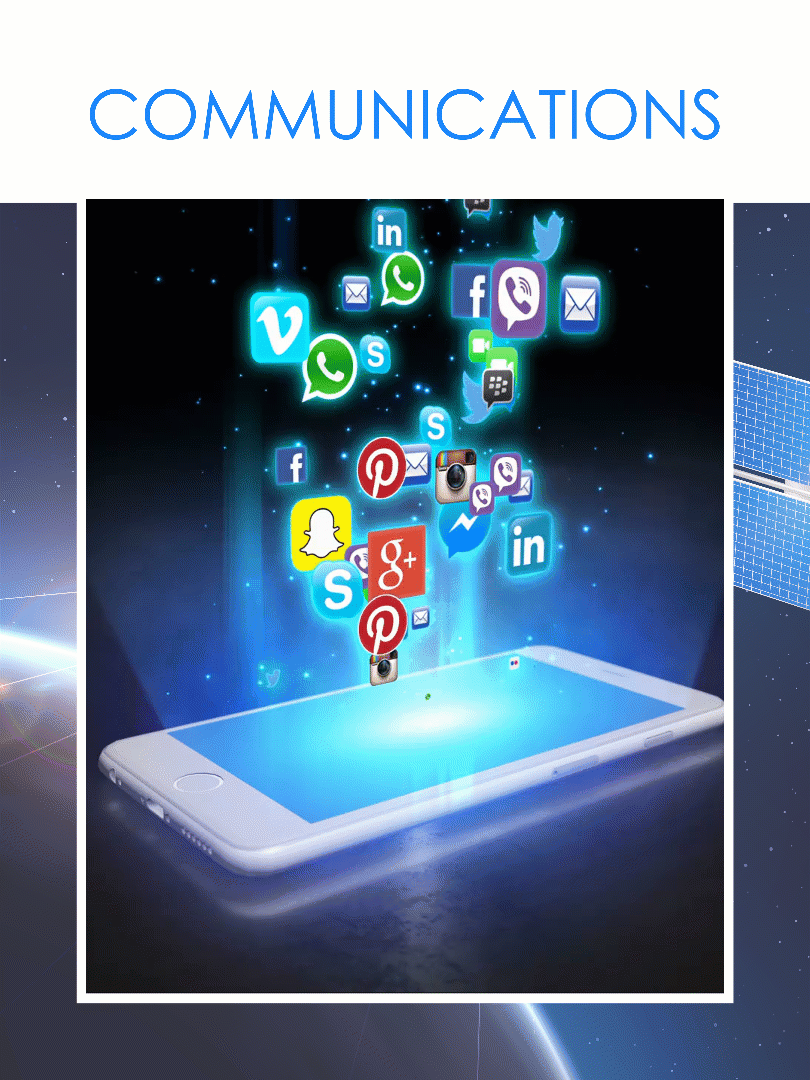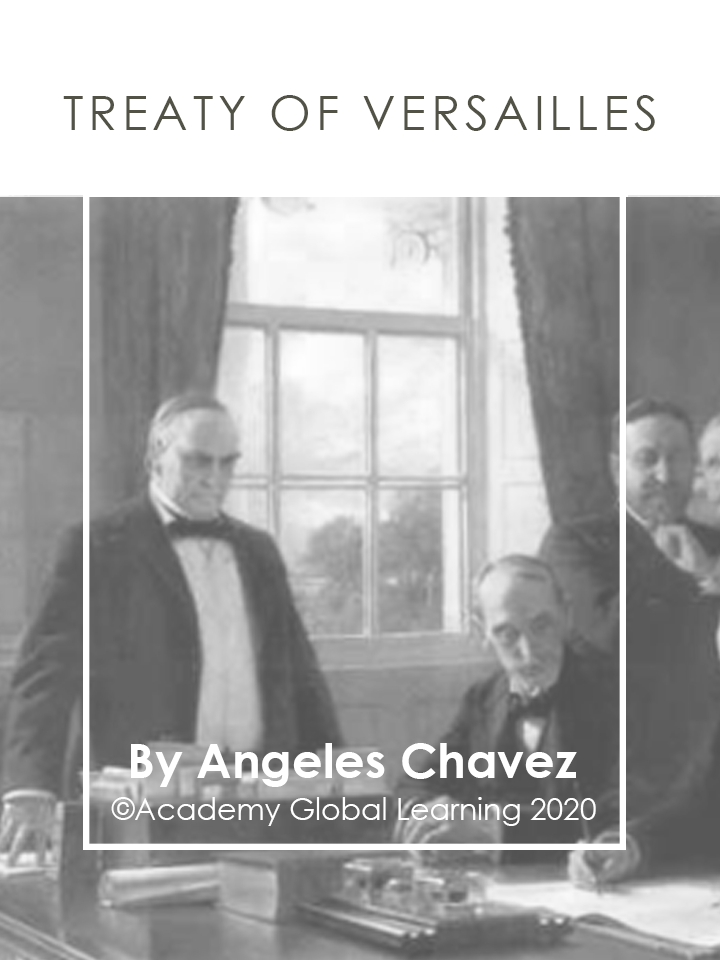

This book developed by ©Academy Global Learning 2020
All rights reserved under ©Academy Global Learning 2020. No part of this publication may be reproduced, stored in a retrieval system, or transmitted in any form or by any means, electronic, mechanical, photocopying, recording, or otherwise, without the prior written permission of the copyright owner.
Designed By:
Christian Alas
Created and illustrated By:
Angelo Romero and Camilo Sanabria

Communication
Communication is a process through which people exchange information to accomplish various tasks. Communication comes in forms varying from being on the small scale (ordering food at a restaurant) to the large scale (negotiations between countries).
You do not have to be too sagacious to notice that you use forms of communication everyday in order to get tasks done. This includes everything from communicating by calling your friends on your cell phone to meet you at the movies, to begging your seemingly austere parents not to ground you.
Communication can make the difference between things running exactly as planned and being a complete disaster. Simply put, communication is an important tool in life that is necessary in order to work with other people and is essential in allowing separate ideas to coalesce.
– 2 –

– 3 –
Communication can be divided into two categories: verbal and nonverbal. Both verbal and nonverbal forms of communication should be used in order to maximize effective communication and forestall confusion. Verbal communication is using spoken words and one’s voice to communicate.
Nonverbal communication is the process of communicating through expressing messages without using one’s voice. Gestures, body language, eye contact, and facial expressions are all types of nonverbal communications. For example, rolling your eyes at your parents probably communicates a negative message to your parents on your part. This will likely lead to a response in the form of verbal communication from your parents along with a formidable punishment!
– 4 –

– 5 –
Most situations in life require communication to go smoothly. Without communication, working with others and getting things done can be an arduous task. However, with good communication, conversations become more lucid, and previously elusive subjects become elucidated.
Difficult tasks also become more feasible and less futile when there is good communication. Smooth communication can also preclude unnecessary arguments that may be provoked by frustration or confusion. You can avoid many misunderstandings by avoiding miscommunication.
For example, it would be very difficult for two people to talk to each other if they did not speak the same language. When information is disseminated in a way you cannot understand, you realize how important communication is to information exchange. One tremendous tool that you can possess is having the ability to speak several languages.
– 6 –
Learning a language can be rigorous work, especially if you did not speak it as a child. But you do not have to be erudite to learn how to speak a new language. Oftentimes learning a new language requires resilience and patience rather than a prodigious mind.

– 7 –
Like many other things in life, practice is an important aspect of communication. Some situations, such as public speaking, are petrifying to many people. Many experts advocate that the only way to overcome this fear is through practice. Avoiding public speaking will not only prevent you from getting better, your skills may even deteriorate as a result of not practicing. Someone who is acute would be able to discern your weakness. Being comfortable with speaking in front of others provides a tremendous advantage.
Once you have achieved that, you have accomplished a major step in the communication process and are no longer simply a parody of what speech should be. Being a good public speaker does not require you to be extremely astute or incisive. Many elements of good public speaking skills are just common sense. For example, good eye contact and appropriate hand gestures are standard.
– 8 –
Communication is so important that there are classes that people attend in order to learn how to communicate more effectively. Such classes are not uncommon, and locations are dispersed across various localities.
Creators of such businesses may endorse taking such classes to master the technique, but their reasons obviously may not be impartial. However, classes do work for many people. You do not have to be perceptive or perspicacious to realize that.

– 9 –
Vocabulary
Match each word in the left column with a description in the right column that best matches its meaning
|
1. ____ Advocate |
A. Prevent, avert, hinder |
– 10 –
|
8. ____ Impartial |
H. Incite, rouse |
– 11 –
Vocabulary
Match each word in the left column with a description in the right column that best matches its meaning
|
16. ____ Formidable |
A. Painstaking, laborious |
– 12 –
|
23. ____ Discerning |
H. Intimidating, impressive |
– 13 –
Multiple Choice
|
1. Some examples of communication include: |
|
2. Using spoken words and one’s voice in order to communicate is a form of _________. |
– 14 –
|
3. The process of communicating through expressing messages without using one’s voice is a form of: |
|
4. An example of non-verbal communication includes: |
– 15 –
|
5. An example of verbal communication includes: |
– 16 –
True or False
Choose whether each statement is true or false and write your answer in the space provided.
|
1. ____ People use various forms of communication multiple times a day. |
– 17 –
Reading Questions
|
1. What is the writer’s main idea? ______________________________________ |
|
2. What example supports the writer’s main idea? ______________________________________ |
– 18 –
|
3. How does the example help the writer’s argument? ______________________________________ |
|
4. What do you think about the story? ______________________________________ |
– 19 –



 HS – ESL3 – Unit 21 – Tuskegee Airmen – Moodle
HS – ESL3 – Unit 21 – Tuskegee Airmen – Moodle  HS – ESL3– Unit 20 – Korea – Moodle
HS – ESL3– Unit 20 – Korea – Moodle  HS – ESL3 – Unit 19 – Treaty of Versailles – Moodle
HS – ESL3 – Unit 19 – Treaty of Versailles – Moodle  HS – ESL 3 – Unit 18 – The Vietnam War – Moodle
HS – ESL 3 – Unit 18 – The Vietnam War – Moodle  HS – ESL3 – Unit 17 – Mustang– Moodle
HS – ESL3 – Unit 17 – Mustang– Moodle  HS – ESL3 – Unit 16 – Reading – Moodle
HS – ESL3 – Unit 16 – Reading – Moodle  HS – ESL3 – Unit 15 – Vincent Van Gogh– Moodle
HS – ESL3 – Unit 15 – Vincent Van Gogh– Moodle  HS – ESL3 – Unit 14 – Penguins – Moodle
HS – ESL3 – Unit 14 – Penguins – Moodle  HS – ESL3 – Unit 13 – Medicine – Moodle
HS – ESL3 – Unit 13 – Medicine – Moodle  HS – ESL3 – Unit 12 – The American Red Cross– Moodle
HS – ESL3 – Unit 12 – The American Red Cross– Moodle  Penguins | Ukrainian
Penguins | Ukrainian  Penguins | Estonian
Penguins | Estonian  Penguins | Turkmen
Penguins | Turkmen  Robots | Ukrainian
Robots | Ukrainian  Robotid | Estonian
Robotid | Estonian  Robots | Turkmen | 2025
Robots | Turkmen | 2025  Unit 1 – Maïs – French – Beginning
Unit 1 – Maïs – French – Beginning  Planeta – Unidad 1 – Español – Advanced
Planeta – Unidad 1 – Español – Advanced